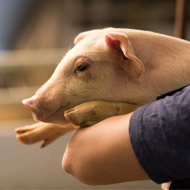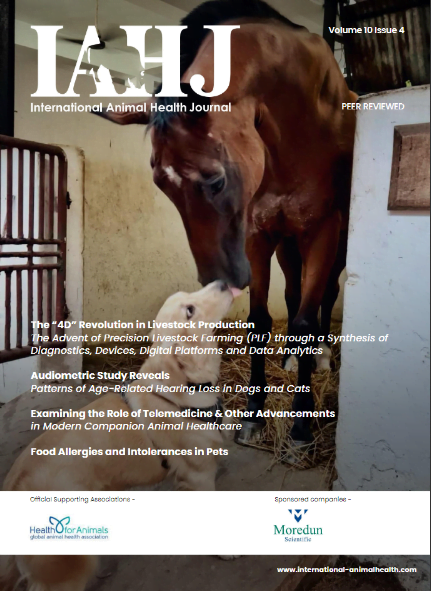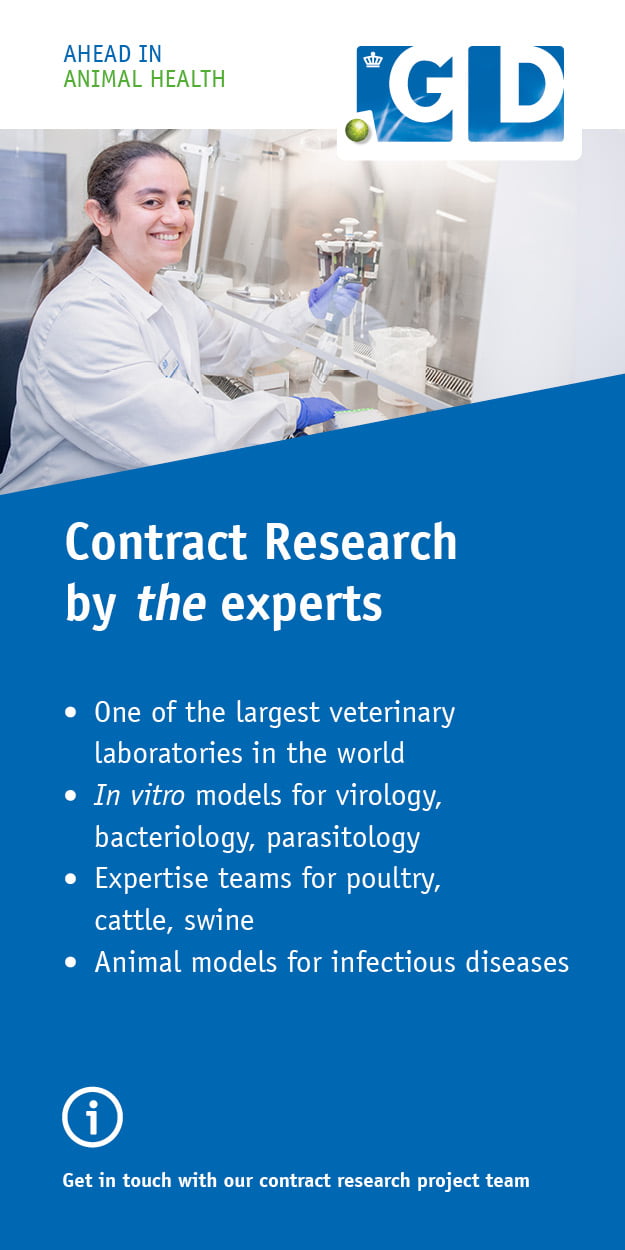
Information on the development of resistance in E.coli in relation to antibiotic treatments in commercial pigs is scarce.
Researchers assess resistance to E.coli in relation to antibiotic treatments
A study has revealed new insights into the development and persistence of antibiotic resistance in pigs.
Writing in the journal Preventative Veterinary Medicine, researchers describe an assessment of antibiotic resistance in Escherichia coli (E.coli) isolated from pigs during their lifespan.
Between 2014 and 2016, the team followed 406 pigs from 29 commercial breeding herds from birth to slaughter and documented their antibiotic treatments. They collected faecal samples from the pigs once while suckling, once after weaning and three times during fattening. They also collected faecal samples from the pigs’ dams around the time of farrowing.
Researchers found that 264 animals from 19 breeding herds were treated with an antibiotic at least once in their lifetime (65 per cent). Beta-lactams, tetracyclines and colistin were the antibiotics used most frequently. They also found that resistance was higher for beta-lactam, tetracyclines or macrolide-treated pigs, compared to animals that had not received treatment.
In pigs not treated with the respective antibiotics, the probability of isolates being resistant to ampicillin, tetracycline or azithromycin changed significantly over time, the authors note, with the probability increasing at weaning.
In European countries, 88 per cent of pigs are treated with antibiotics at least once during their lifetime. But information on the development of resistance in E.coli in relation to antibiotic treatments in commercial pigs is scarce.
‘Reducing antibiotic resistance in sows might lead to a lower level of beta-lactam or macrolide-resistant E. coli among their progeny,’ the authors conclude. ‘To preserve treatment options for bacterial infections, antibiotic use should be restricted to necessary cases.’











